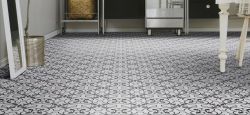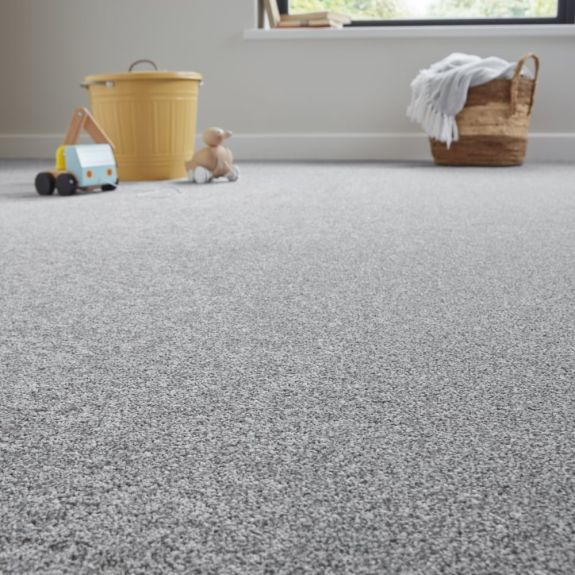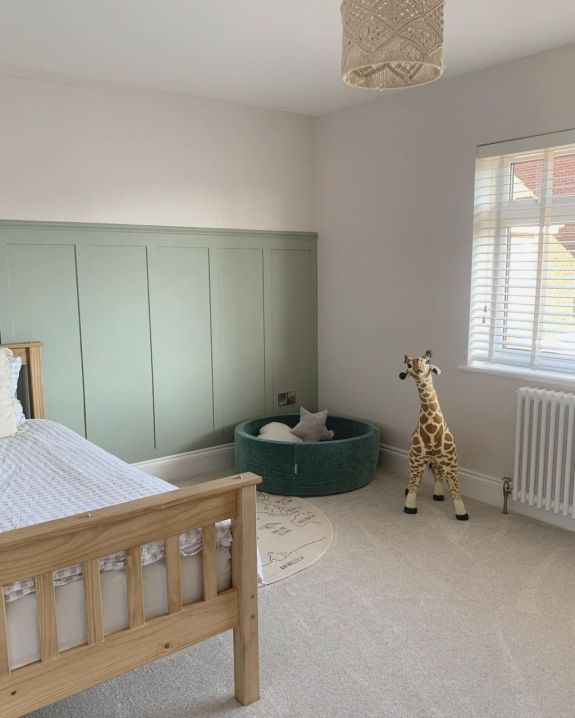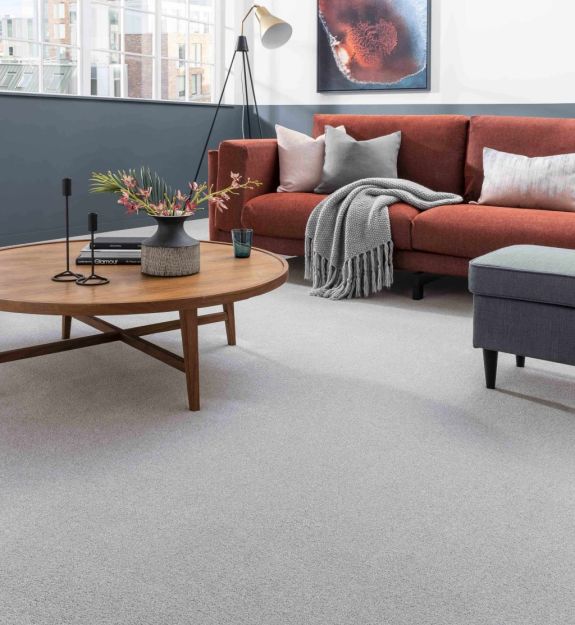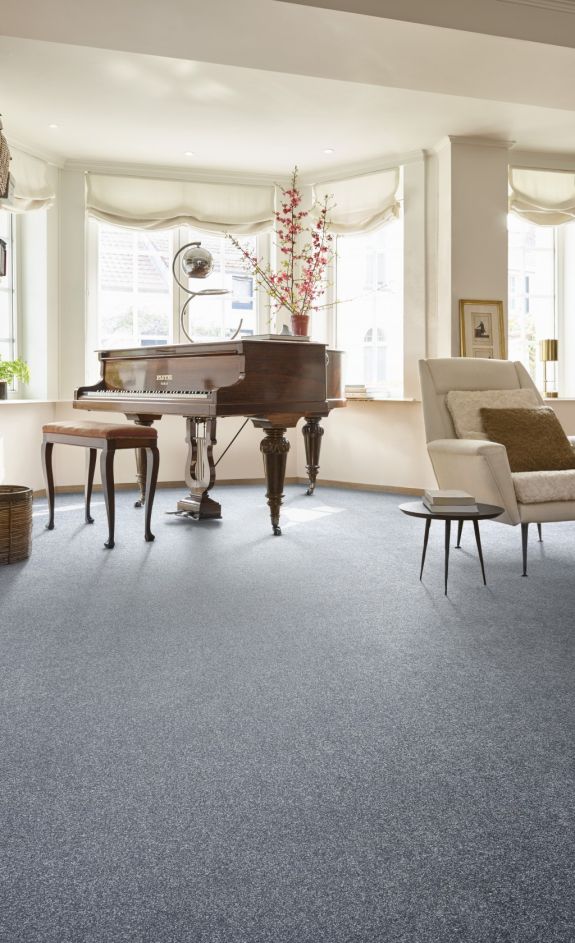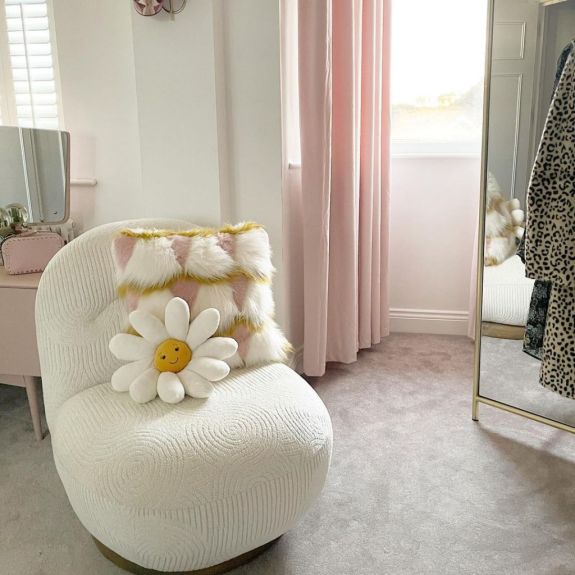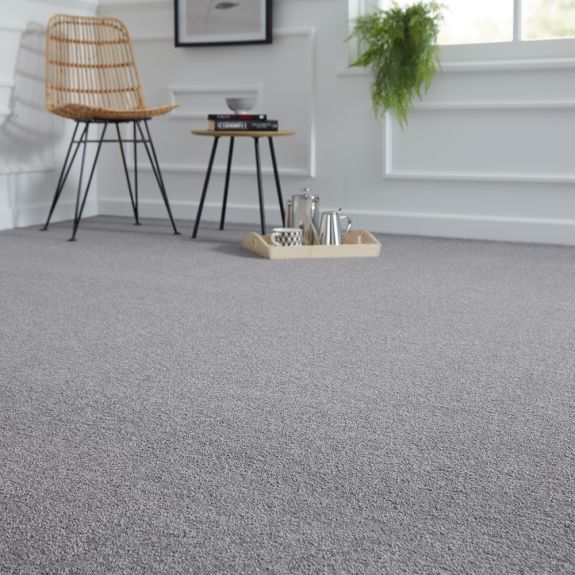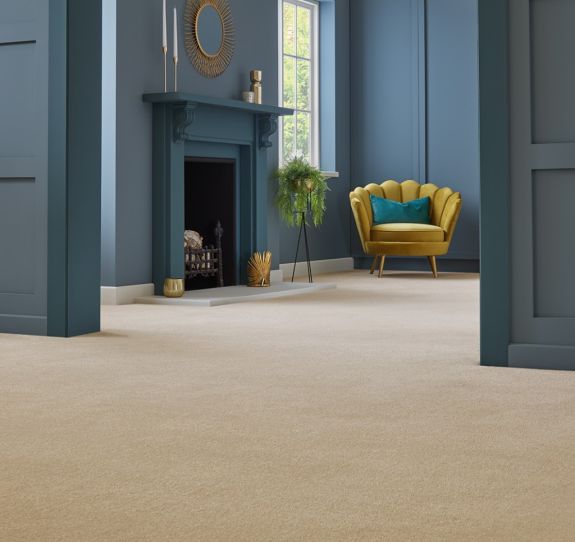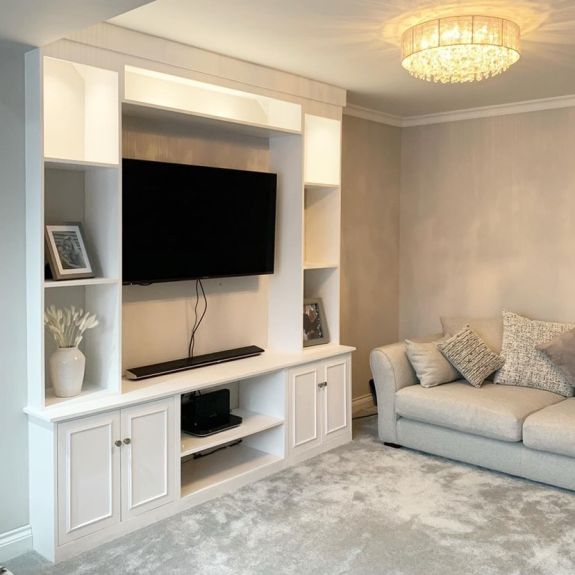What causes laminate to bubble?
If you spot bubbling on your laminate, there’s a problem! Bubbling is an indication that your flooring has become compromised, and it needs to be addressed as soon as possible.
Unfortunately, bubbling in laminate flooring isn’t always something that can be repaired, especially once the boards are damaged - but the good news is, you can take steps to stop it from getting worse.
The most likely reason behind laminate floor bubbling is moisture in the boards, possibly from the subfloor, but more likely from above - although you can see if your subfloor needs replacing with our guide.
Excessive moisture
One of the most common culprits behind bubbles in laminate flooring is moisture. Whether it’s from a spilled drink, a damp mop, high humidity, or even a sneaky leak underneath, too much moisture can wreak havoc on laminate and furniture if it goes unchecked.
Because laminate isn’t fully waterproof, any water that seeps into the seams and enters the core of the planks will soak into the wood, causing the layers to expand, separate, and warp, leading to that tell-tale bubbling effect. Keeping moisture in check is key to preventing long-term damage.
While we do have some water resistant laminate available in our range, it’s important to remember that no laminate flooring is immune to the punishing effect of excessive moisture!
Humidity
When the air gets warmer, wetter, and more humid—especially in city environments—laminate flooring, like all wood-based floors, naturally expands and contracts to cope with the temperature shifts. Ideally, indoor humidity should be kept between 35% and 65% to protect laminate from excess moisture in the air. If there isn’t sufficient room for the boards to expand, they’ll strain against each other, causing raised edges that can look a lot like bubbling—especially if moisture sneaks into the exposed joints.
Neglecting spills
If spills on laminate flooring are addressed immediately with the right cleaning methods, they shouldn’t cause a problem. However, if you leave them for too long, liquid may find a weak point in the boards and damage either the wooden core or the top printed layer, which can spoil the look of your boards. You can find out more about the structure of laminate boards in our laminate flooring buyer's guide.





























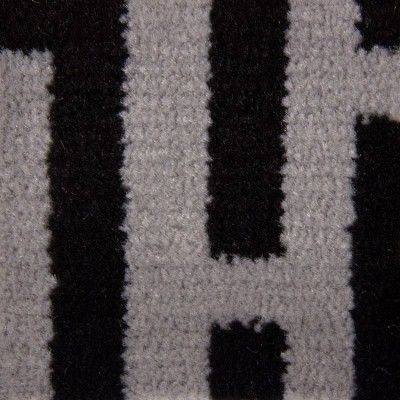

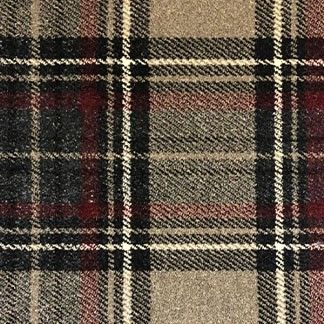
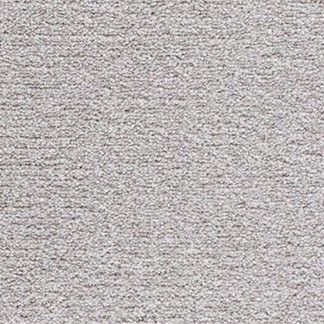











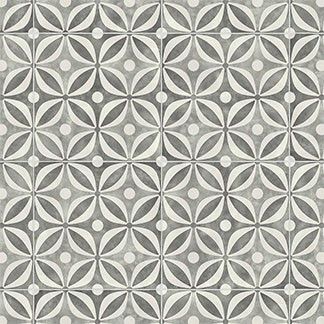
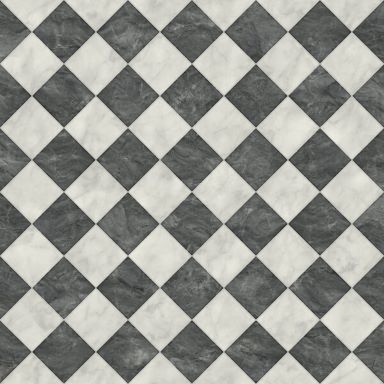
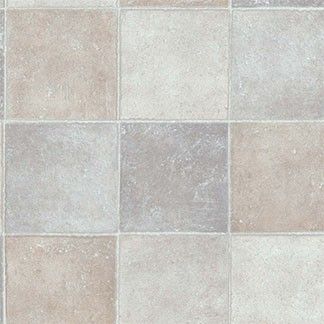











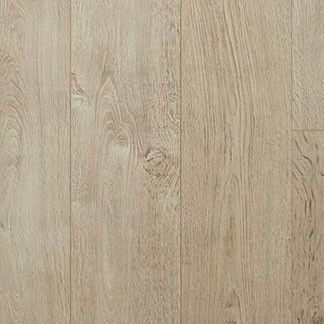
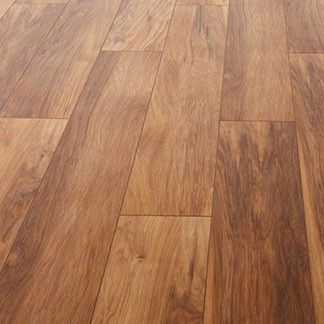
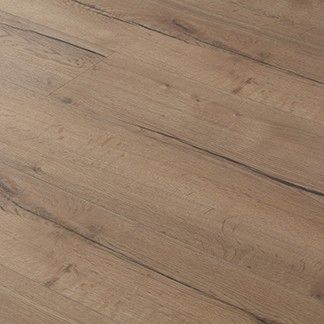









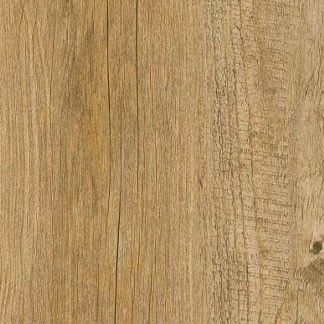
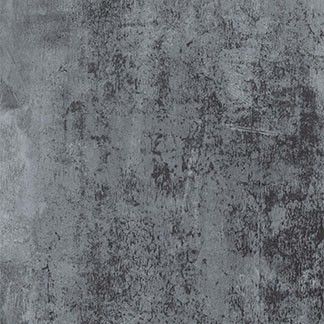
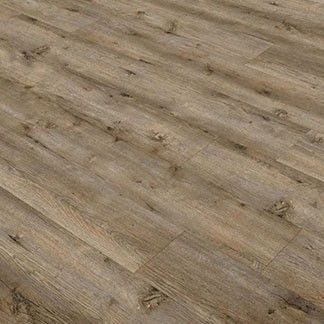
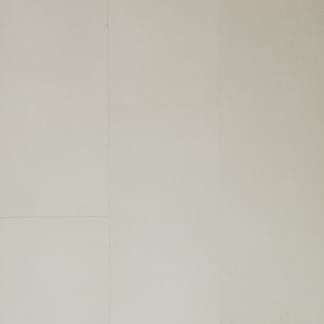





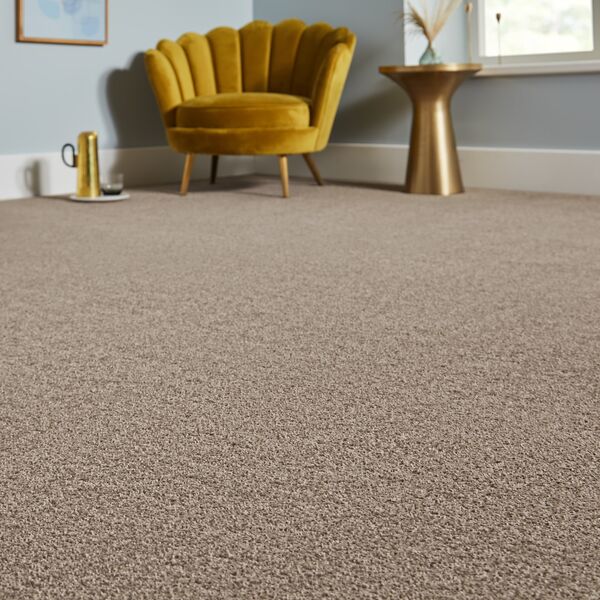
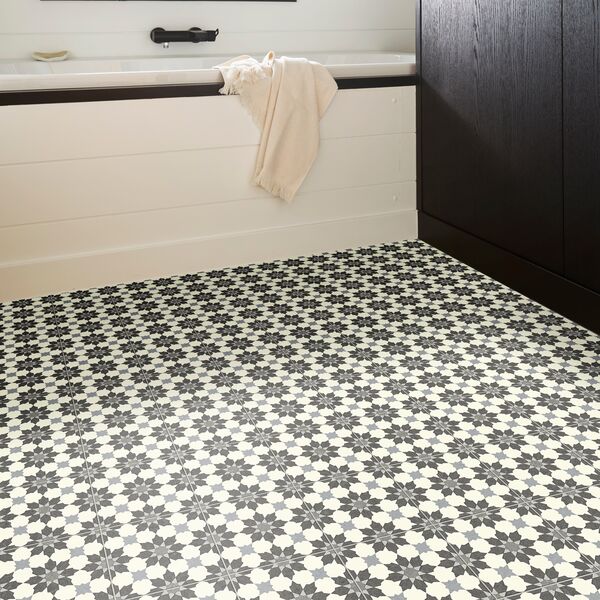
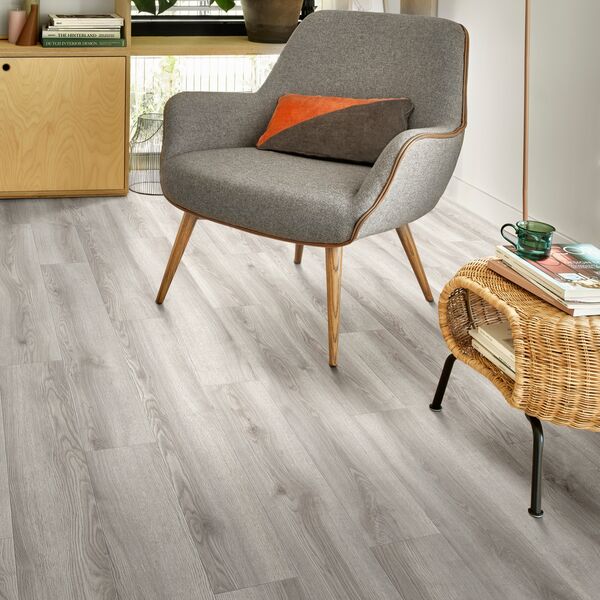
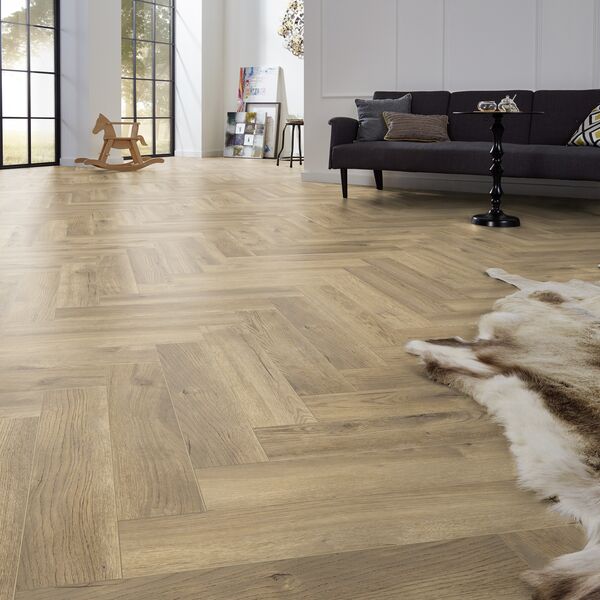
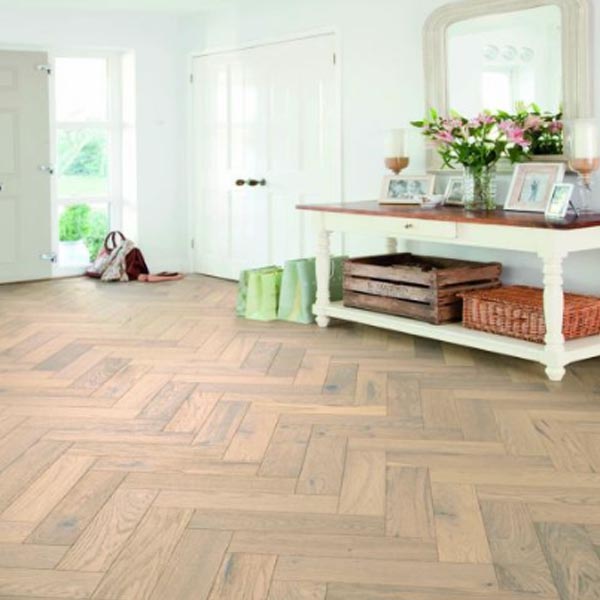

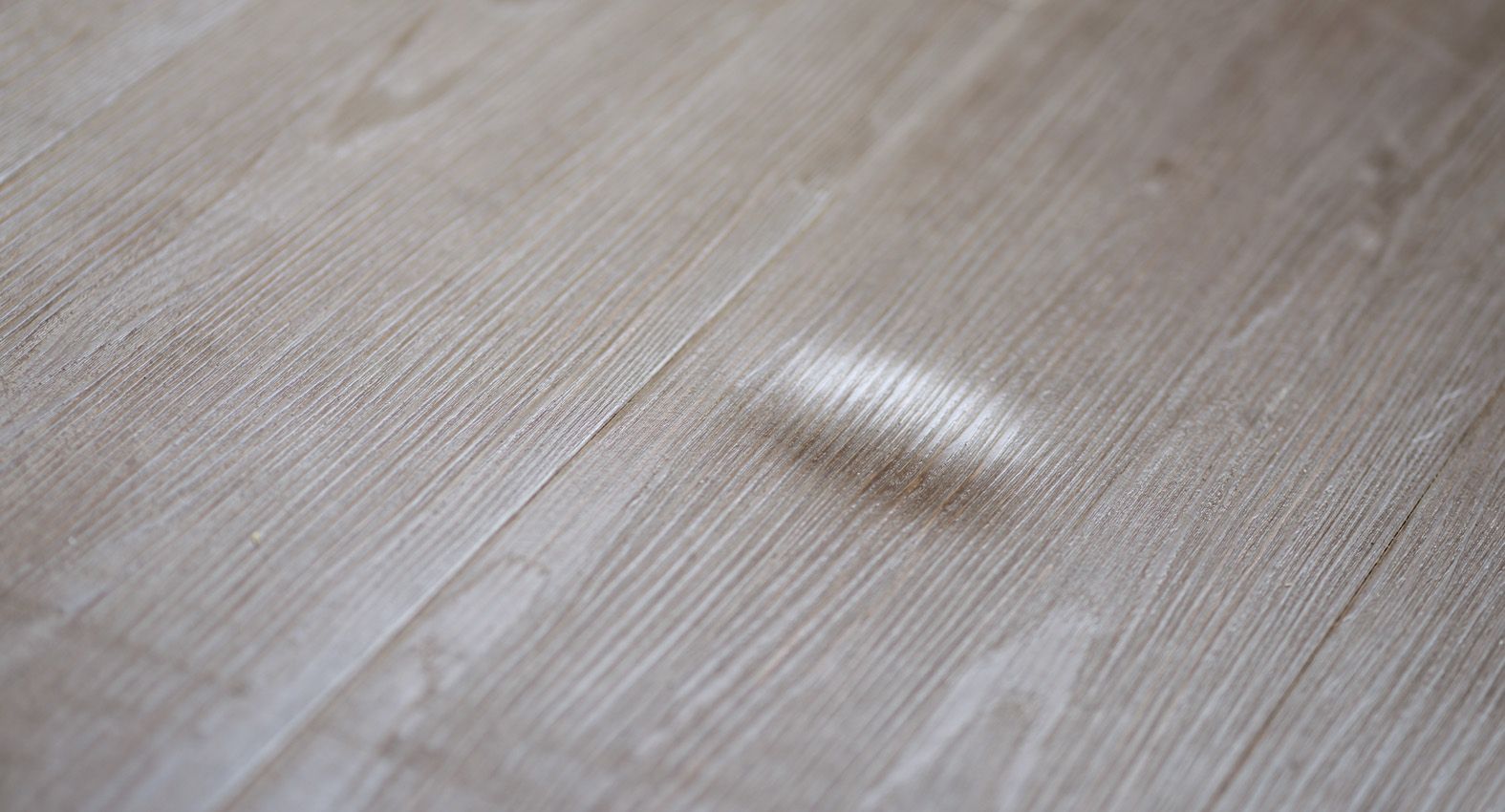
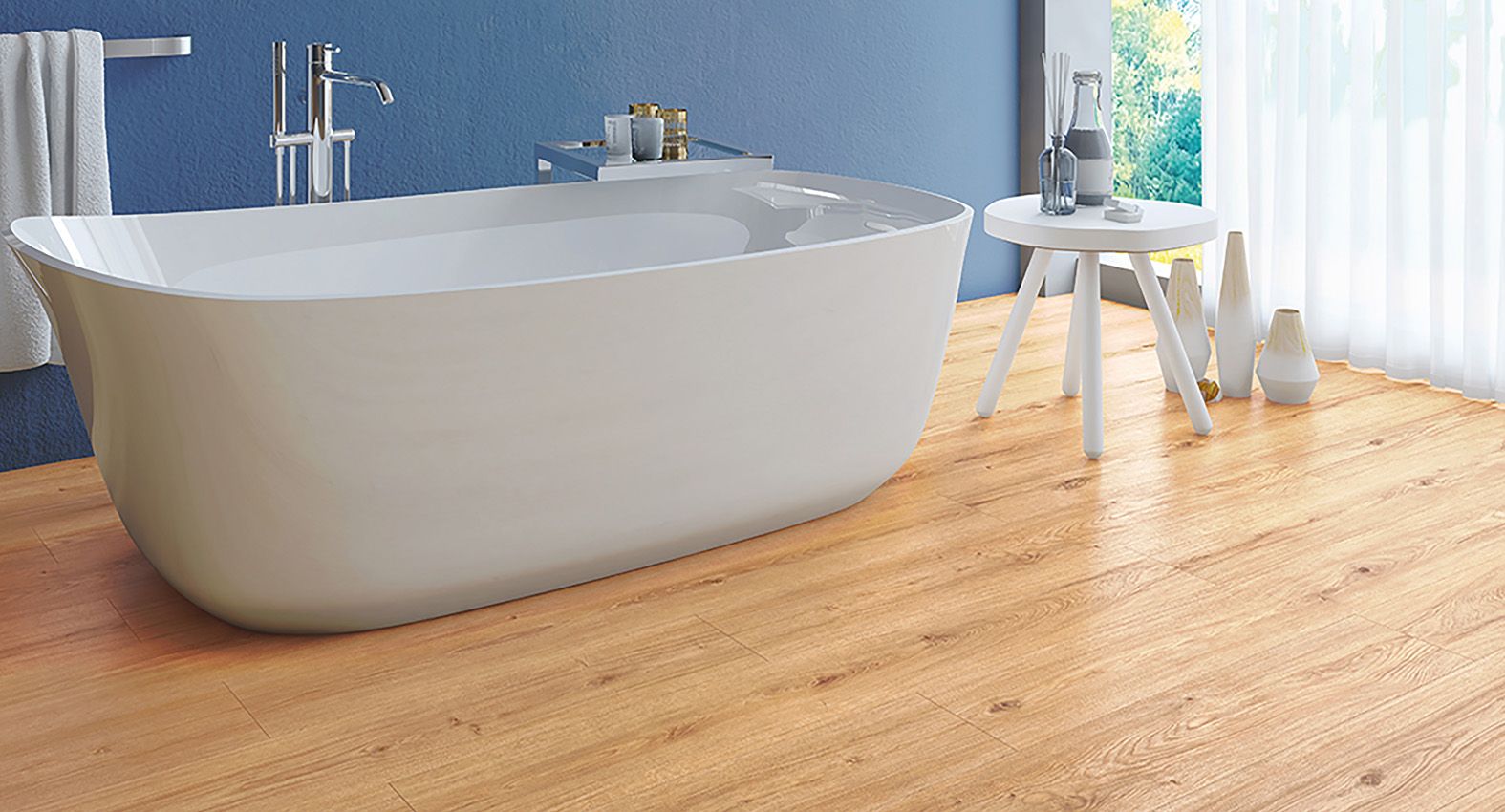
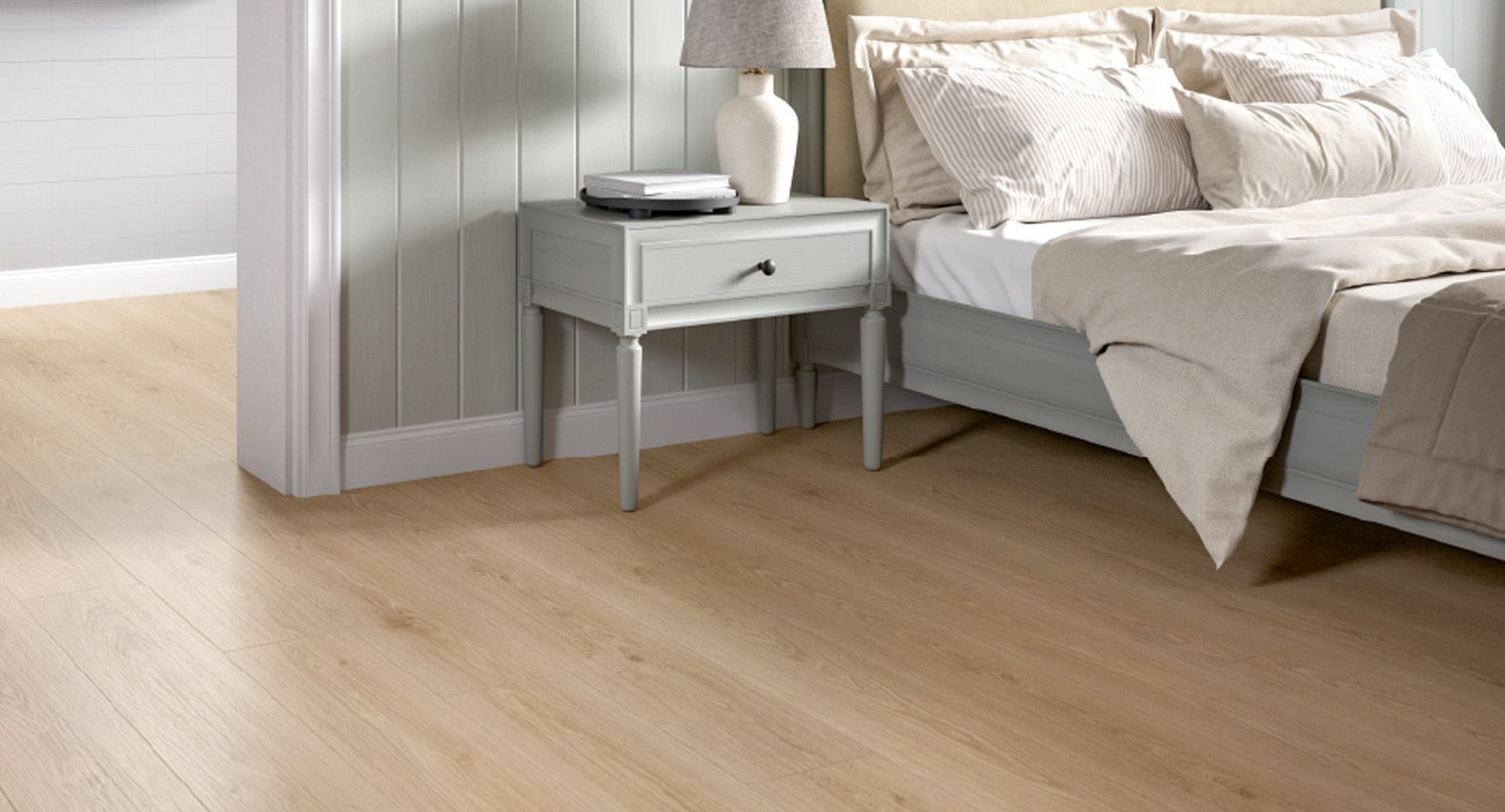
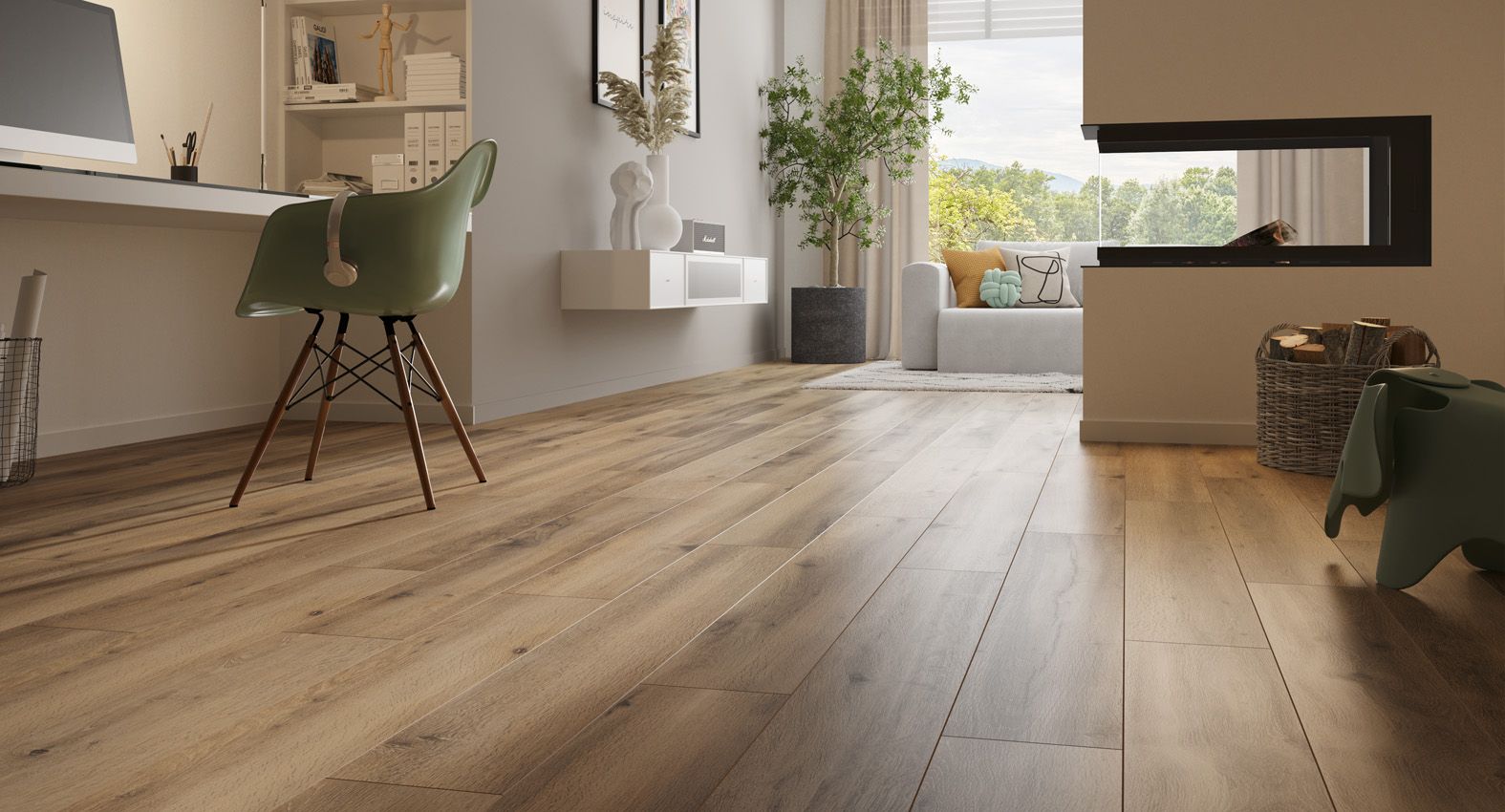
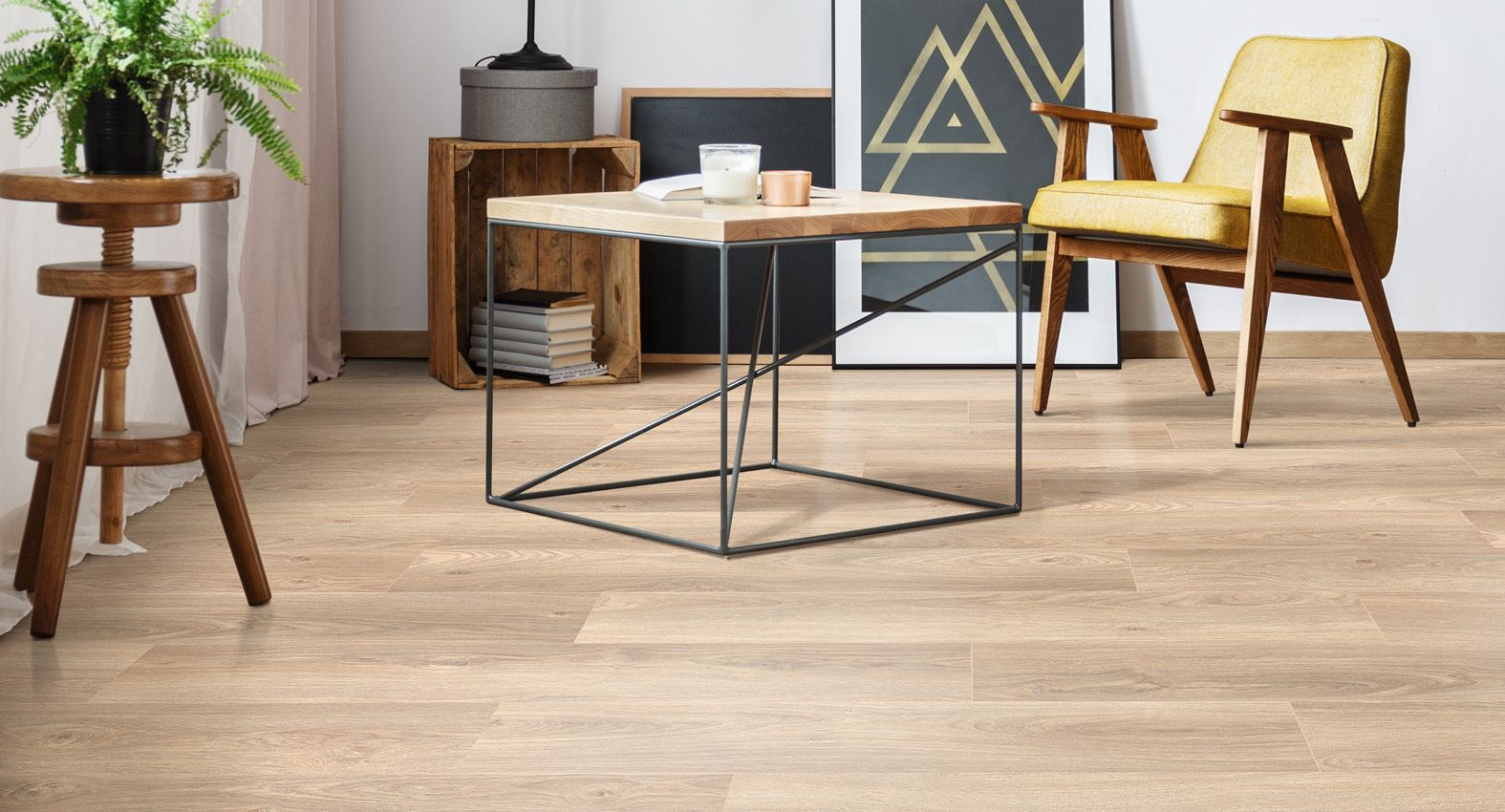


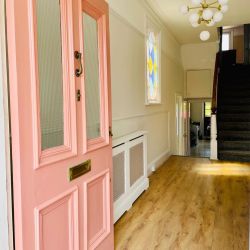
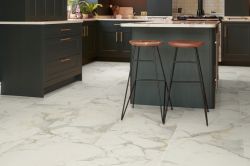
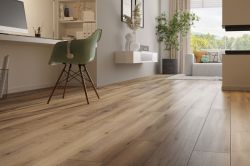

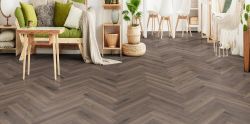
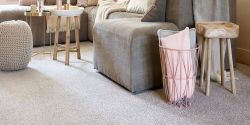
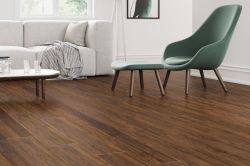
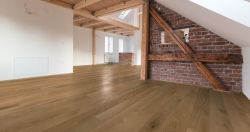

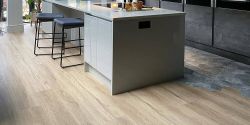
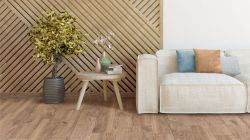
-250.jpg)
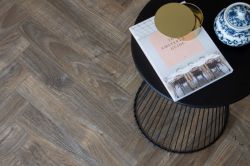
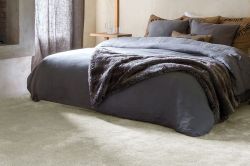

-250.jpg)
 copy-250.jpg)

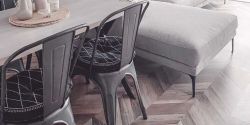
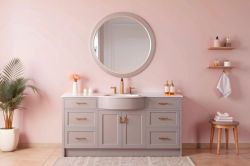
 - Article Image (not header)-250.jpg)
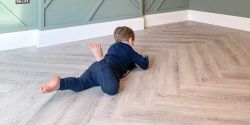

-250.jpg)
